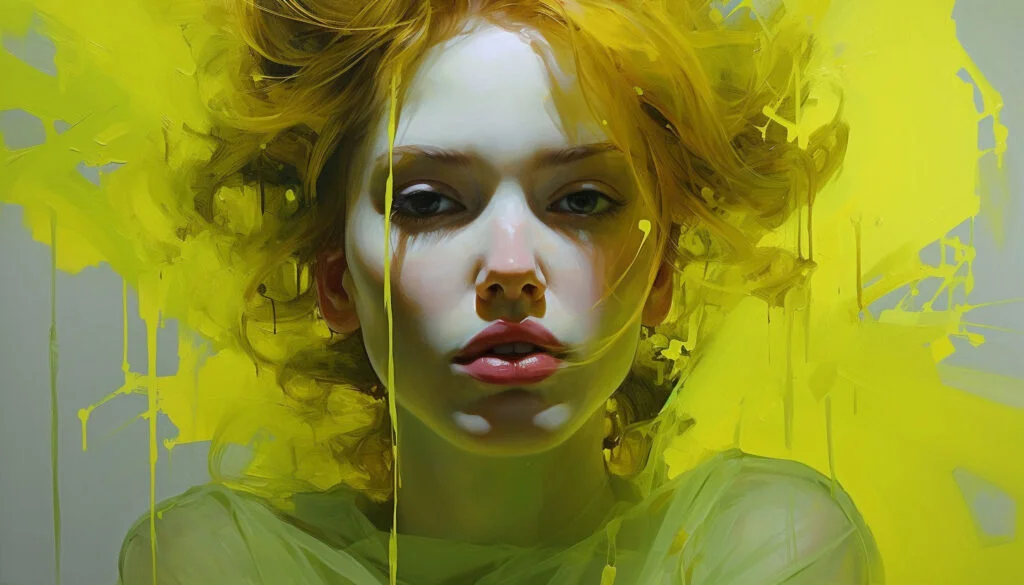Quercitron yellow, a pigment derived from the bark of the quercitron tree (*Quercus velutina*), holds a special place in the art world. Its natural origin, warm hue, and historical significance have made it a cherished color among artists and artisans. Let’s explore the story behind quercitron yellow and its impact on the world of pigments.
A Natural Palette: Extracting Quercitron Yellow
Quercitron yellow is derived from the inner bark of the quercitron tree, a species of oak native to North America. The bark contains high levels of a yellow dye compound called quercitrin. The bark was harvested, dried, ground into a fine powder, and mixed with a binder to create a paintable pigment. This process resulted in various warm yellow hues, from pale to deep gold.

Historical Significance: The Evolution of Quercitron Yellow
The Native Americans used quercitron yellow to dye fabrics and basketry. However, in the 19th century, quercitron bark gained recognition as a valuable source of yellow pigment in the art world. The pigment’s versatility and relatively stable color made it attractive for artists seeking a natural alternative to synthetic dyes.
An Artist’s Ally: Quercitron Yellow in Paintings
Quercitron yellow found its way into paintings, contributing to various artworks’ warm and vibrant tones. It was particularly favored by American Impressionists, who appreciated its ability to capture the luminosity of sunlight. The pigment’s presence in landscapes and still lifes added a sense of natural radiance and depth to the compositions.
Rise and Fall: Challenges and Alternatives
The popularity of quercitron yellow as an artistic pigment waned in the early 20th century due to a combination of factors. Changing artistic trends, advancements in synthetic dyes, and challenges in securing a consistent supply of quercitron bark contributed to its decline. Artists turned to other pigments, and quercitron yellow gradually faded from the mainstream art scene.

Reviving the Natural: Contemporary Interest
In recent years, interest in traditional and natural pigments, including quercitron yellow, has been resurgent. Artists, conservators, and enthusiasts are exploring the use of historical dyes and techniques, seeking to reconnect with the natural origins of art materials and contribute to the sustainability of artistic practices.
Quercitron Yellow: A Living Legacy
Quercitron yellow stands as a testament to the beauty and versatility of natural pigments. Its warm, golden tones evoke a sense of comfort and familiarity, reminding us of the connection between art and the natural world. As we explore the possibilities of quercitron yellow in our creative endeavors, we pay homage to the legacy of a pigment that has journeyed through time, enriching the world of art.






